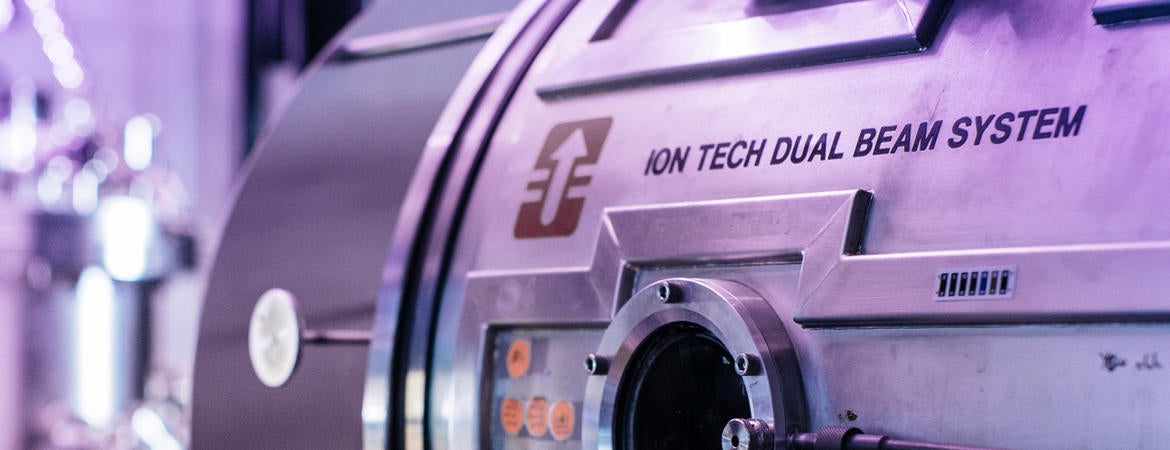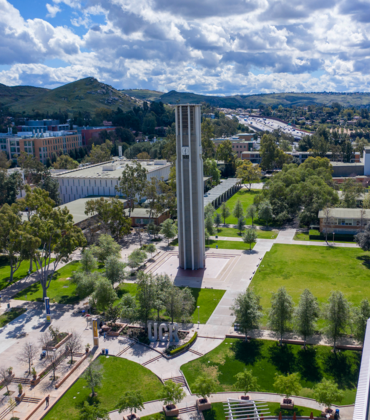
In today’s episode of “Who knew?” we have two surprising revelations: 1. Not all natural gas is created equal, and 2. There’s no cheap way to measure the quality of natural gas, to help it burn more efficiently. Until now.
UCR Research Engineer Chan Seung Park has developed an inexpensive sensor (estimated cost: $10) to measure the content of the gas coming into water heaters and other gas-powered devices and adjust the air flow to optimize energy production by combustion.
The higher the energy content level (also known as the BTU level or Wobbe Index), the better the natural gas, but depending on the source, energy content levels can vary by more than 10 percent, said Park.
Power plants use a bulky $50,000 machine to analyze the energy content of natural gas and adjust air flow accordingly to improve the combustion efficiency, Park said, but that machine is way too big and expensive for most businesses, let alone households.
Years earlier, when Park worked for a refinery, he created an algorithm to easily measure the octane levels in gasoline. The project was abandoned because his then-employers didn’t see a market, he said, but he thought about that project when he came to UCR and began considering a way to measure the quality of natural gas.
Through his research at UCR’s Winston Chung Global Energy Center, Park developed an algorithm that lets him predict energy content levels in natural gas “by measuring something else (in the gas) that is easy to measure.
“We call it ‘predictive measurement,’” he said, “which enables intelligent combustion, or ‘smart combustion.’”
The “something else” he measures is a trade secret, but it seemed so promising that in 2017, Park won a $45,000 “Proof of Concept” grant from UCR’s Office of Research and Economic Development to build a prototype of his “smart combustion” device.
A year later, his prototype has helped him win a $1.5 million grant from the California Energy Commission, or CEC, to create a device that can reduce natural consumption by at least 10 percent in breweries.
Turns out, beer makers use a LOT of natural gas to heat up the steam boilers that make their product. So do coffee makers and other food producers, Park said, which is why the CEC is looking for an easy, inexpensive way to reduce natural gas consumption.
The grant gives Park three years to create a sensor that works on steam boilers at the Rough Draft Brewing Company in San Diego, with the goal of mass producing the devices for other breweries, food producers and even home hot-water and pool heaters, Park said.
Park’s concept was a perfect fit for the Proof of Concept grants UCR awards its faculty twice a year, said Mark Leibowitz, interim director for EPIC, UCR’s Proof of Concept and Innovation Center.
While there are lots of important research projects at the university, not all have commercial value, Leibowitz said.
“We’re looking for projects where the money we provide can make a substantial difference in changing the trajectory of a project’s potential commercialization,” he said. “And Dr. Park has been extraordinarily successful.”
The university retains the patent rights to products developed on campus, and a percentage of those royalties go to fund the Proof of Concept grants, “a little seed money to help develop more inventions,” Leibowitz said.
UCR’s Research and Economic Development office awarded eight Proof of Concept grants to its faculty and researchers in 2017. Besides Park the other recipients include:
- Nosang Myung, two awards, $40,000 in January 2017, for the “Litefilter” water filtration project and $35,000 in November, 2017 for the “Cromanose” sensor device to assist people who can’t smell.
- Sundararajan Venkatadriagaram, $30,000 to create a device that monitors industrial machinery to predict failure.
- Guillermo Aguilar, $35,000 for a laser-based device to provide a visual representationof blood flow for surgeons in the operating room.
- Juchen Guo, $30,000 to develop an aluminum battery.
- Michael Pirrung, $35,000 to develop a novel cancer treatment
- Peter Atkinson and Linda Walling, $35,000 to create a novel way to control insects by modifying plants.



